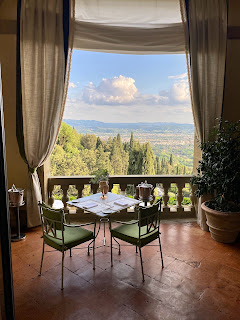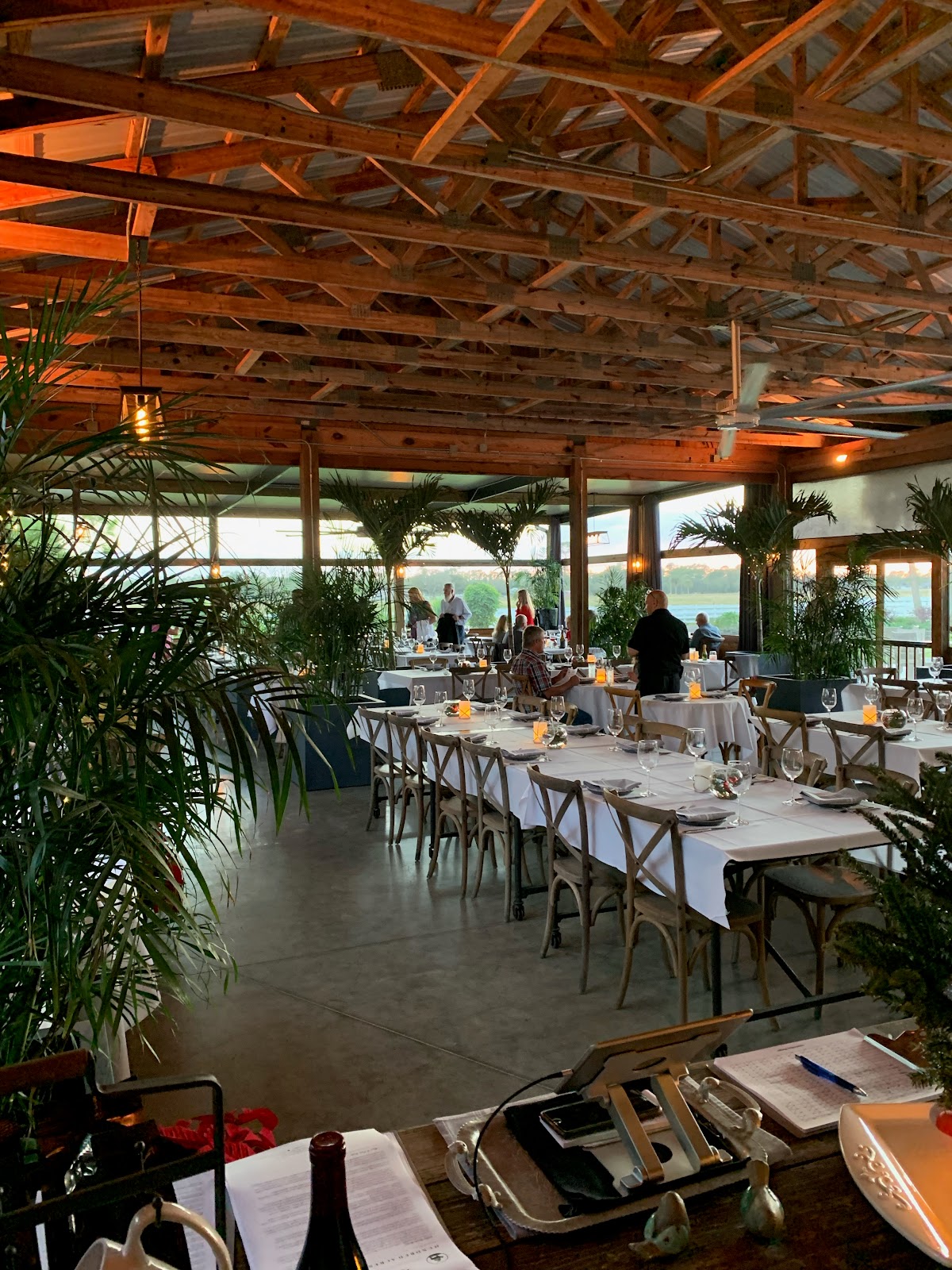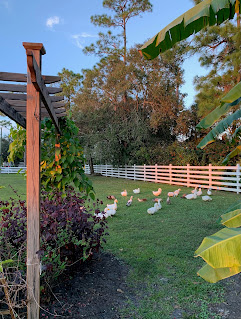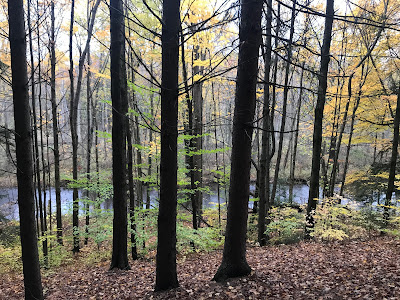Plenty of space has been devoted to bars: in literature, travel magazines, blogs, even poetry. Seems Ernest Hemingway couldn’t write a story without having at least one scene set in some atmosphere-rich bar or café, many of which seemed as interesting and appealing as the stories’ characters.
 |
| The Aviary, Chicago. |
Could the vivid scenes he created or the conversations between iconic characters have occurred anywhere but a bar?
I’ve passed some pleasant hours in memorable bars where I’ve enjoyed inspired conversation, sublime surroundings, tasty cocktails and the chance to meet locals and soak up (sometimes literally) the culture and customs of the spot.
To be clear, I’m not looking to get drunk or to spend all night in a bar while traveling. For me, a visit to a bar for a drink or two before dinner or for a nightcap after is ideal. The visit provides an opportunity to get warmed up for dinner or wind down before bed, but always to experience a bit of the local culture wherever I’ve landed.
For those of us drawn to the allure and ambiance of a bar, a vacation that includes a visit to a good one is the cherry atop the sundae (er, Manhattan?) Good thing the world offers plenty—hotel bars, corner bars, tapas bars, neighborhood bars, pubs, dive bars, restaurant bars, rooftop bars.
Here are some favorites:
The Elephant Bar, Raffles, Pnom Penh, Cambodia. While not as grand as the original Singapore Raffles, this outpost effectively channels its namesake. The bar’s signature cocktail, the Femme Fatale, was concocted for Jackie Kennedy’s visit in 1967. During my visit, we opted for refreshing, classic gin and tonics, surrounded by décor that channeled Joseph Conrad.
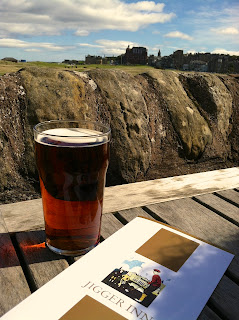 |
| View from the terrace at the Jigger Inn. |
Closeries des Lilas, Paris. One-time haunt of writers from the Lost Generation and France’s literary canon, this Montparnasse institution offers perfectly-mixed cocktails, jazz, and formally-clad, attentive waiters (well, and I may as well confess homemade potato chips that are addictive.) Small brass name plates mark the spots for regulars from another era, such as Emile Zola, Paul Cezanne, Pablo Picasso, F. Scott Fitzgerald, and Hemingway.
Napoleon House, New Orleans. The air in this worn, musty and dark bar hangs heavy with history and offers just the right amount of dinge and character. The rich feel of history makes the perfect partner for expertly mixed cocktails. Or, during a sweltering Louisiana summer, an ice-cold beer.
Brown Bars, Amsterdam. Flying to Europe from the States is a mini-marathon: a boarding not dissimilar to Pamplona’s running of the bulls, a mushy, wine-soaked dinner, a fitful night’s sleep, and then a bleary-eyed, early morning taxi ride to the hotel. If my room is ready, I take a nap. If not, I grab breakfast, walk around, and then check in.
It’s not typical that I visit a bar on arrival morning, but it happened once.
During a trip to Kenya which included a two-day layover in Amsterdam, my aunts and a friend and I had a few hours to kill before we could check in. Instead of grabbing breakfast, we headed to one of the city’s iconic brown bars (it was vacation, after all.)
At these atmospheric, traditional spots you’ll find locals stopping in for an early morning short-pour on their way to work. Rich with patina, decades of smoke stains, well-worn wood, tarnished brass and marble, the bars are an Amsterdam tradition and a portal into a fast-disappearing world that is as Amsterdam as a canal or bicycle. For a list of the best brown bars, see this website.
 |
| The Hassler bar. |
The Hassler, Rome. Crowning the Spanish Steps, the fabled Hassler offers one of the most intimate, atmosphere-rich bars in a city sprouting with enticing spots. Think polished wood, marble, murals of old Rome, impeccable service, and expertly-mixed drinks perfectly suited for this gilded, Lilliputian spot.
Cherry Circle, Chicago. Tucked in the inner recesses of an historic, Venetian Gothic building on Michigan Avenue, this vintage L-shaped bar overlooks a dimly-lit dining room that channels its former identity as a private business club.
 |
| Dublin's Kelly's Cellar, |
The Langham, Chicago. While it might seem counter intuitive, newer hotel bars have plenty to offer. One of the best, in the Mies van der Rohe-designed Langham, is tucked into an aerie with expansive views of the Chicago River and a stunning wall of one-of-a-kind skyscrapers lining the river.
 |
| The Norfolk Hotel, Nairobi. |
Matchbox, Chicago. Before cocktail culture was a thing, this cozy corner bar took the time and effort to concoct classic drinks. A well-stocked bar, Old School bartenders, and standing room only offer a rare experience that’s changed little in half a century or more.
I Frattelini, Florence. While Florence’s I Frattelini may not exactly qualify as a bar, it’s also not exactly a restaurant. Open since 1875, the curbside stand tucked into a medieval building in the historic city center offers an impressive array of Italian wines by the glass. Hankering to try a Barolo or lesser-known Italian wines but hesitant to drop a hundred euro for a bottle? This is the spot for you.
Hotel Bristol, Oslo. In the heart of Oslo’s old city center, this hotel bar, festooned with fresh herbs and mixers, offers cocktails mixed with Scandinavian precision. While not technically a bar, the Oslo Opera House’s café serves drinks with stellar views of the harbor.Seville’s Bullfighting Sports Bars: While plenty of bars the world over might resemble each other, a particular type of sports bar in Seville is unique. With décor that celebrates bullfighting, including giant mounted bull’s heads, posters, photographs of famous fighters, and related mementos, the bars are unique to Spain. For two of the best, visit Bar El Baratillo or Casa Pepe Hillo.
Scotch bars in Edinburgh: While this scenic city of patinaed stones and Gothic gables may not be the center of Scotch production, you wouldn’t know it based on the number of tasting rooms and bars that boast vast selections of the stuff. Whether a large-windowed spot with views of the city’s medieval streets or a musty old bar that mixes the smell of the dust of centuries with a flavorful dram, Scotch bars in this city of mossy stones and fairy tale turrets offer plenty of options. See this Decanter list for some of the best.
 |
| An Edinburgh Scotch bar. |
 |
| The Oslo Opera House bar/terrace. |
 |
| The Langham, Chicago. |
Bars to Skip
Oddly enough, two bars I recommend skipping are housed in hotels by the name of Ritz—Paris’ storied hotel’s Hemingway Bar and Cairo’s Ritz bar. The former was renovated and sanitized as to remove any hint of patina or age. It now resembles a rather bland middle-of-the-road hotel bar—with cocktails that run $30. It’s the sort of place Hemingway would hate.
The Cairo Ritz has little atmosphere and staff who don’t know the difference between a vodka tonic and Manhattan. To order a cocktail here is a patience-testing game of Russian roulette. Cairo doesn’t have many bar options so if you do visit, stick to uncomplicated classics—like a beer or glass of wine.



















